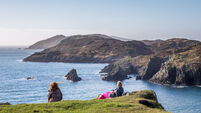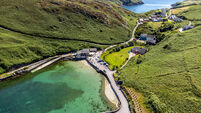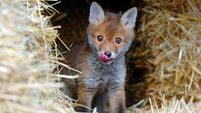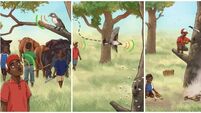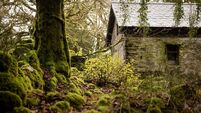Islands of Ireland: Beautiful Illauncreeveen is a magnet for photographers and swimmers
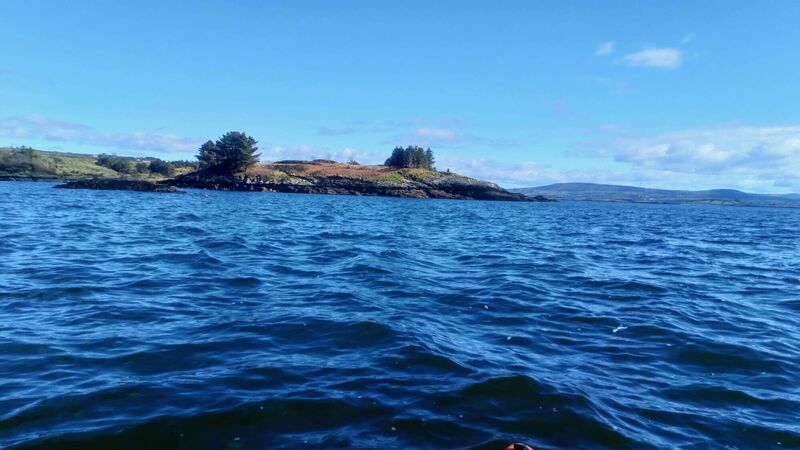
Illauncreeveen, Glengarriff Harbour, County Cork. Picture: Dan MacCarthy
Illauncreeveen, County Cork
It is instructive to read back on old accounts of Ireland from the 19th century. The language is often flowery, the tributes glowing and the ostentatious ideals sobering. One such missive, from the pen of English writer Samuel Smiles concerned the attractions of Glengarriff, County Cork.




